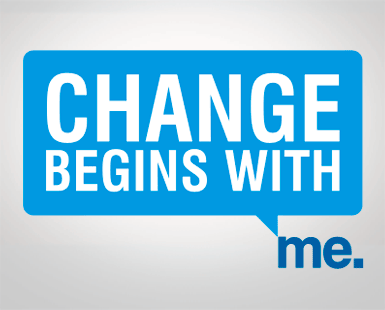Taking the time to sit down and write about my action plan has been a long time coming. I’ve been trying to find a solution to my action plan question… “How might we promote organization and student ownership while relaying the importance of independence in a personalized framework?” What I was looking to solve by asking […]
We as educators are at a crossroads of change. We have a vague and blurred vision of where we should head, and a not so clear way to get there. We hear words like ‘personalization’, ‘blended’ and ‘mastery’, but all have our own interpretations of what those mean. The more articles or books I read, […]

